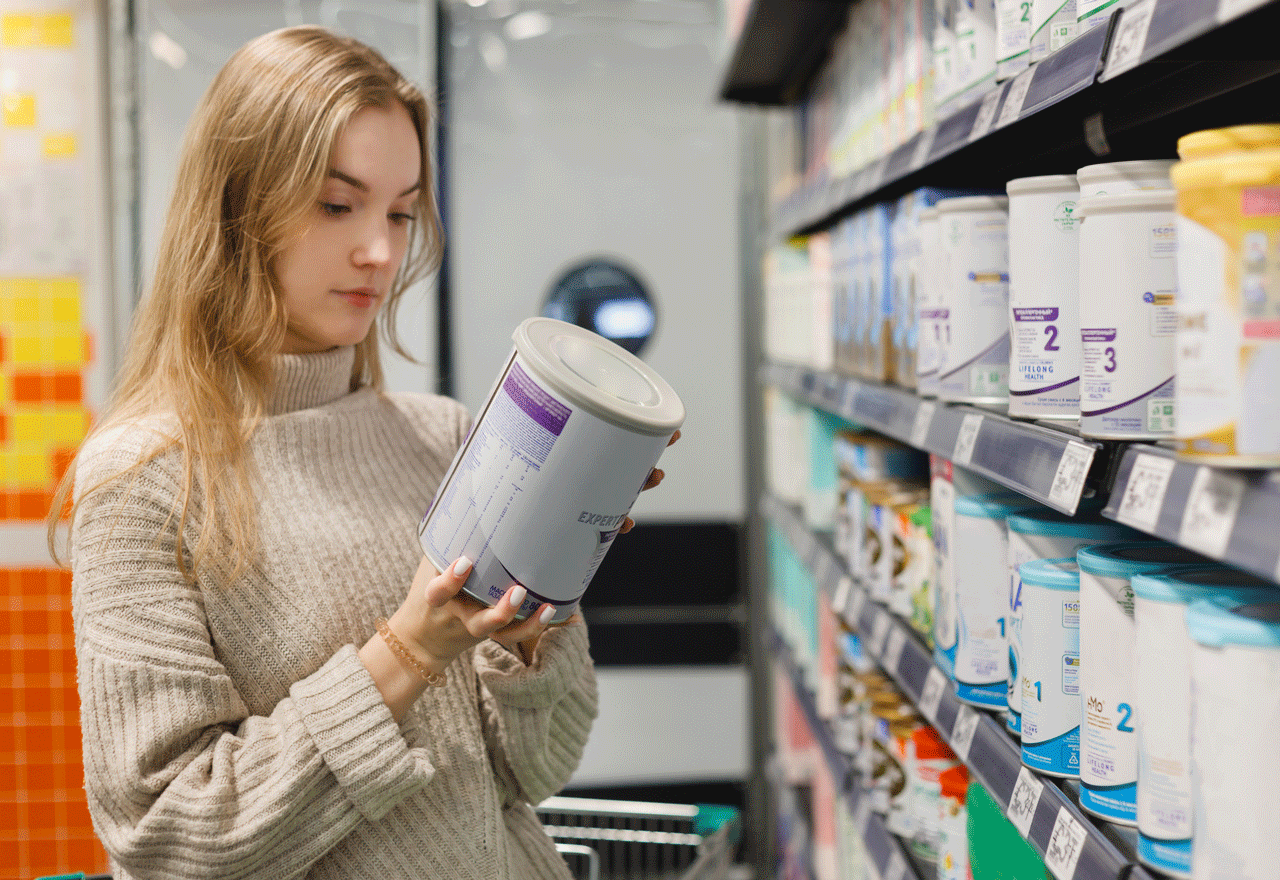How one independent, organic brand is easing the formula crisis
By Michele Marchetti
Earlier this year Memphis hospital pediatricians admitted two children with dehydration caused by intolerance to a formula substitution made after their regular specialized formula was suddenly out of stock.
The story was just one of many reported in the months after Abbott Nutrition, maker of Similac and others formula brands, closed its Sturgis, Michigan plant. The temporary shutdown came in the wake of FDA/CDC reports of bacterial infections in five infants, including two who died, who had reportedly consumed formula from the facility.
Because only four companies control most of the US infant formula industry, the resulting formula shortage shook the entire marketplace.
Cornucopia has long tracked the infant formula market and remains concerned about the enduring impacts of consolidation. The formula debacle is an emphatic reveal of the major flaws associated with this type of oligopoly: limited competition, scarcity of choice due to government complicity, and a vulnerable food supply.
A bright spot is Nature’s One, an independent, organic brand that has been scrambling to meet demand.
“Retailers who wouldn’t normally return an ‘off-cycle’ phone call are now saying, can we send a truck tomorrow?” reported founder & CEO Jay Highman at the height of the shortage.
Echoing the story of many independent organic brands, Nature’s One was created out of a deeply personal need. After Highman’s son was born with Cystic Fibrosis, Highman was appalled by the formula options needed to help improve his son’s growth and weight curves. So in 1997, he founded Nature’s One with a pledge to reject “junk ingredients,” such as palm oil and corn syrup, and focus on organic ingredients wherever nutritionally possible.
In 2020, Nature’s One built a $45 million manufacturing facility dedicated to “small-batch” organic infant formula. Its formulation features a distinctive, naturally derived source of DHA (omega-3 fatty acid) and ARA (omega-6 fatty acid) using certified organic egg yolks. “It’s a phospholipid form, which means it’s highly bioavailable,” Highman says.
The DHA and ARA added to almost all US brands of infant formula are extracted from strains of algae and fungus that have never been part of the human diet, let alone the diet of infants. While many companies have switched to water-extracted DHA, ARA extracted with the use of hexane is still the norm.
“Science has come a long way, and that innovation is very slow to hit infant formula in part because it’s currently controlled by so few players,” says Dr. Bridget E. Young, assistant professor of pediatrics at the University of Rochester School of Medicine and Dentistry. (Dr. Young does not endorse Nature’s One or any other infant formula brand.)
A new rollout will provide more choices. Until very recently Nature’s One was marketed as a toddler formula that could be fed to an infant as directed by a healthcare professional. But in early October the company finalized a two-year process with the FDA that enabled it to label its product as infant formula.
Cornucopia champions independent organic brands. Their success is a step toward a more resilient marketplace. With children’s health at stake, parents rightfully demand it.
This article was previously published in the fall issue of the Cultivator, Cornucopia’s quarterly newsletter. Donate today to protect organic integrity and receive our winter issue in print.


